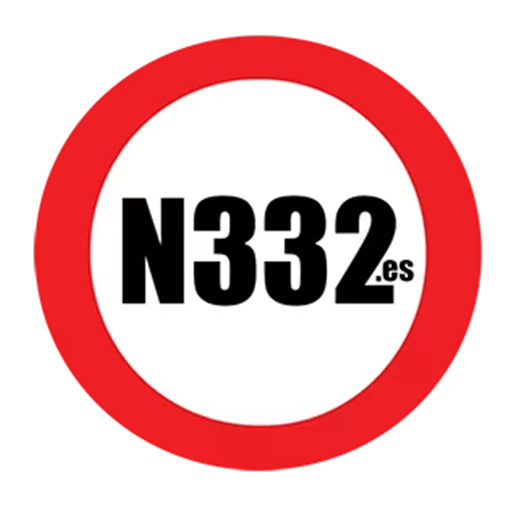During the spring and into summer, field work increases for farmers, and therefore the presence of tractors often increases on the roads, and for everyone else, due to their speed limits and size, sharing space with them requires greater caution.
We are not only talking about tractors, although it is a word we will use for simplicity, as the term agricultural vehicles encompasses a wide variety of machines, but they all have in common that they are built and designed for agricultural work. They are divided into motor-driven (self-propelled) machines, such as tractors, walking tractors, carriers, tractor-trailers, or autonomous agricultural machinery, such as combine harvesters, and those that do not have engines because they are towed, either by machinery or by trailers and semi-trailers.
The size and weight of each vehicle will determine not only the permit or licence required to drive it, but also how it must travel on the roads: speed limits, traffic restrictions, signage requirements, etc. Some of these vehicles will be restricted to a maximum speed of 25 kilometres per hour.
Thus, vehicles that do not exceed the masses or dimensions established in general for ordinary vehicles (12 m in length, 2.55 m in width and up to 4 m in height) may be driven if they have a Driving Licence for Agricultural Vehicles (LVA), which can be obtained from the age of 16 and provided they have passed the corresponding theoretical and practical tests.
These vehicles can also be driven with a B licence, which is required for vehicles larger than these dimensions and for vehicles that, by design, can exceed 45 km/h.
Speed and position
The restrictions for this machinery extend to the space they can occupy on the road, which is also related to size, weight, and speed. While on urban roads there are no restrictions as long as they do not obstruct other traffic, on interurban roads, “small” tractors, weighing up to 3,500 kilos, must travel on the shoulder, if passable, and if not, on the essential portion of the roadway.
On the hard shoulder, you must be especially careful with other vehicles that are required to use the same space (vehicles for people with reduced mobility, animal-drawn vehicles, bicycles, and mopeds).
Larger vehicles, on the other hand, must travel on the roadway, preferably in the right lane, always obeying the speed limit and displaying the mandatory signs indicating that they are slow-moving vehicles.
In most cases, other road users’ lack of understanding of the special characteristics of these vehicles and the low speeds at which they travel pose a risk to road safety that must be addressed. “This involves heavy machinery traveling on roads that are not in the best condition, because investment in them is difficult, as they are located in the most sparsely populated areas,” notes David Erice, technician from UPA.
What to do
When driving near tractors, patience and care are crucial. These vehicles travel slowly and behave differently than other vehicles when braking or turning. Always maintain a safe distance. When overtaking, make sure the road is clear, drive slowly, and manoeuvre respectfully.
Discover more from N332.es - Driving In Spain
Subscribe to get the latest posts sent to your email.
